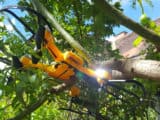What could be better than a nice crash?
Drone electronics are getting better and better, and it’s getting harder and harder to crash a drone. Nevertheless, there are several ways to ignore the many safety aspects.
Here’s a list of different ways you can try to crash your drone.
If you want to keep having fun with your drone, I would recommend doing the opposite of the following tips.
1. Mount the propeller incorrectly
If you want to be sure that the drone crashes on the first launch, you can just misfit the propellers. Just swap a right-handed for a left-handed propeller.
During the first start, the drone will start doing a somersault. Start with full throttle if you want to do the most damage.
2. Fly into a wall without using a propeller guard
Many recommend using a propeller guard, but this only applies if you want to protect your drone in the case of a collision. However, if you want to crash your drone, you can simply fly into an object or a wall without a propeller guard.
First, parts of the propeller will fly through the air, and then the drone will crash on the ground.
3. Do not insert the battery properly or hard enough into the drone
A tip that doesn’t always result in a crash is not inserting the battery properly or hard enough into the drone. In the ideal case, you can fly a few minutes. After that, the drone’s vibrations cause the battery to fly out or just cut off the power contacts.
The engines will stop on the spot because the drone is out of power, and it will drop like a stone from the sky. For a good crash, you should fly as high as possible so it really gets broken.
4. Leave the antenna of the remote control folded
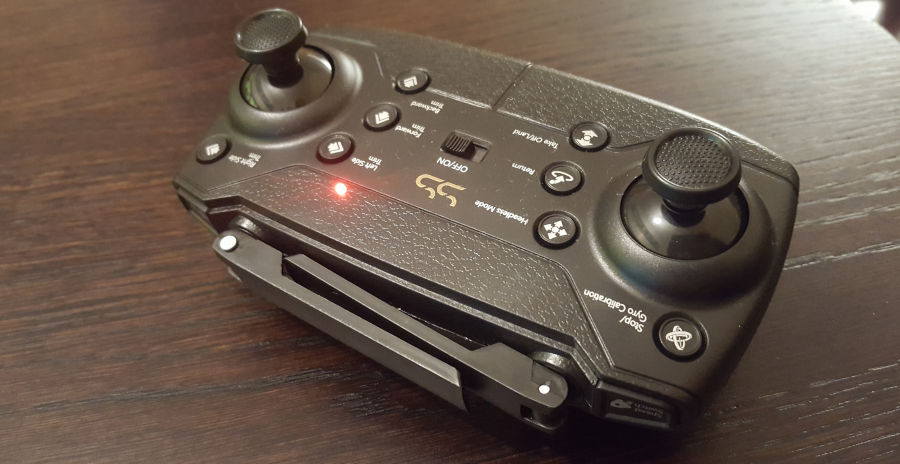
To keep the drone under control, it’s important to have a good radio link between the remote control and the drone. For drones that don’t have a “coming home” function, simply disrupting this connection can create a good crash.
It’s very easy to crash this way if you leave the antennas of the remote control folded. The radio connection still works at small distances, and if you fly the drone away from yourself quickly, then the connection will break down eventually, and the drone will crash.
5. Disable the “coming home” feature or set the coming home altitude to three feet
Another option is to deactivate the “coming home” function and then interrupt the radio connection via radio transmission or by switching off the remote control.
Depending on how the drone is programmed, it might fall from the sky, hold its position until the battery dies, or land on its own. Either way, for a good crash, I would do this over water.
Also, a good option is to set the coming home altitude to three feet and then turn off the remote control in flight. Expect a “boom” and a tree will catch the drone.
6. Start the drone in tall grass or fine sand
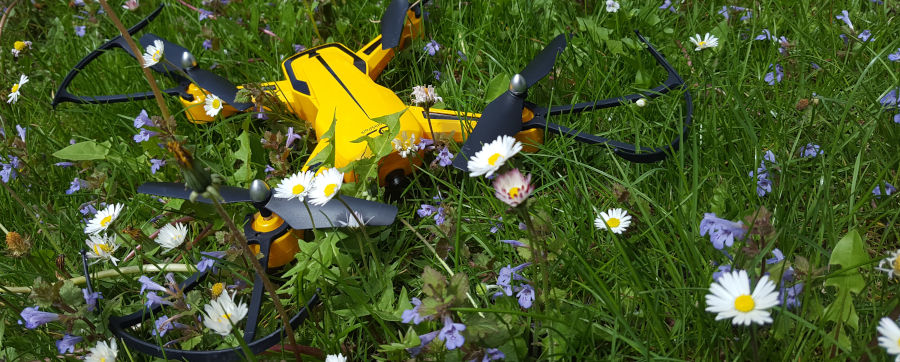
Launching the drone in the tall grass can also cause a crash, especially when you start at full throttle and one of the propellers gets caught in the grass.
Fine sand is good for destroying the motors. If you’re lucky, you’ll manage to fly a few feeds before the motor gets blocked.
7. Start with an almost dead battery
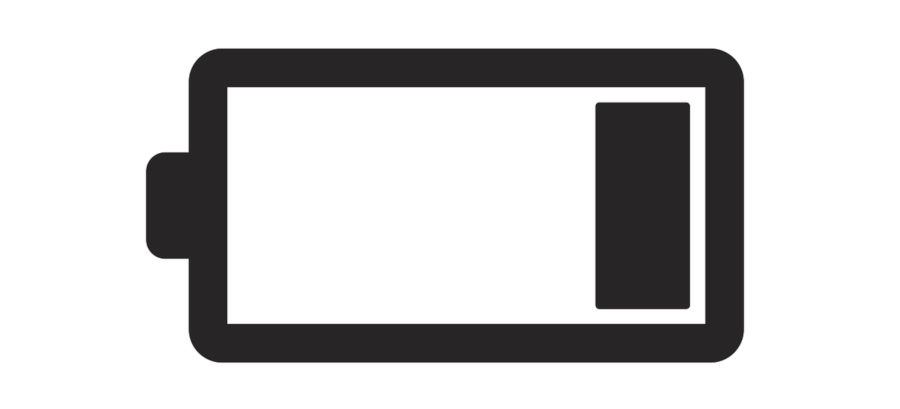
Unfortunately, this tip works only for drones with few security systems. Alternatively, you can disable them all.
A dead battery does not cause a crash but rather an uncontrolled landing.
8. Start right after switching the drone on
Start right after switching the drone on and do not wait for the GPS signal so the drone doesn’t have time to save the home position. Once the GPS signal is present, the drone will store this point as the “home point.” This point will be somewhere in the air on your flight route.
This is fun only if you turn off the transmitter during the flight and wait for the “coming home” function. The drone should land somewhere but not where it started. If you’re lucky, it might get caught in a tree
9. Fly outside of your sight
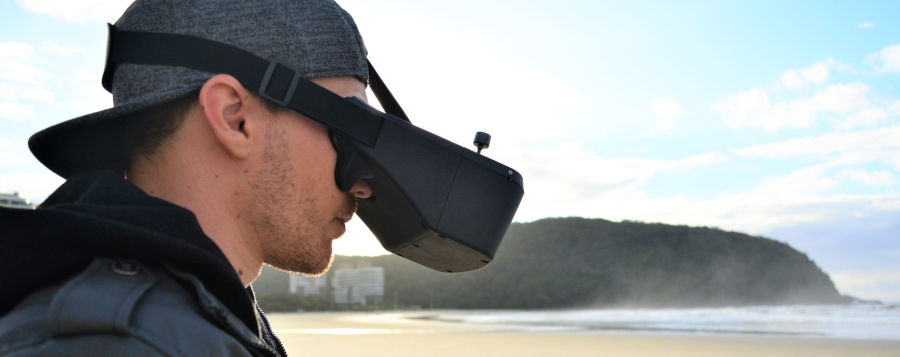
Especially if you don’t know the flying area, flying outside of your view can lead to great crashes. By flying over the video signal, you can easily lose your orientation, misjudge distances, or overlook objects and fly into them.
Even if the drone does not crash, you can still hope for a punishment, because this is illegal in many countries.
10. Just keep flying if there are any interferences
The first radio interference usually appears in the video signal. Once that happens, you should go on flying in the same direction because the chance of a control signal disturbance that can lead to a crash is very high.
11. Use an automated flight mode when you don’t have enough space
In automated flight modes that record videos, the drone often flies in a direction where there are no collision sensors. If you have too little room for such a mode, then the crash will be perfect.
12. Use the sports mode as a beginner
Especially for beginners, the sports mode can lead to a crash. Even if you manage to keep the drone in the air, after a few minutes of arrogance, the first control error will happen and the drone will crash.
13. Use up all the battery power
Why should you land your drone when its battery is between 30% and 50%? You could fly twice as long.
With this mindset, you will not generate a great crash but can experience many exciting automatic landings. Turning off all the automatic features makes it even more exciting.
14. Fly when it’s raining heavily, snowing, or storming

The limits of a drone are known only when they are exceeded.
If you fly in heavy rain and your drone isn’t waterproof, sooner or later, there will be a short circuit. If you just fly around, then the motors will stop, and you will have a great crash.
Snow drifts or strong winds make flying more demanding. Best-case scenario, a gust will overturn the drone in the air so that the flight control system no longer controls the drone, and it will crash.
15. Fly out with the wind far away
If you want to fly a long distance in strong winds, you should first fly far away in the direction of the wind. The drone will fly much faster, and you will be at the desired point much earlier.
When flying back, it will be exciting, and the drone will need much more energy to fly against the wind. The drone isn’t guaranteed to make it back.
16. Never look at the drone: the picture on your screen is enough
If you have a drone with FPV and want a good crash, just don’t look at the drone. You will see that it is difficult to estimate the distances correctly. In addition, you only see a limited area around the drone. It won’t take long before you misjudge or overlook an object, and the drone will crash.
17. Fly near trees
Trees are an ideal place for a crash. If you fly near trees, you can easily overlook a branch.
If you fly fast enough, the drone may spin in the air and simply crash. Also, it’s particularly exciting when the drone gets stuck in a tree and you have to climb up to get it.
I myself once needed to call mountain rescue because the tree was much too high for me to climb 😉
18. Always fly into the sun so that you cannot see the drone anymore

A classic way to crash a drone is to fly into the sun. In addition, if you don’t recognize the location of the drone, then you can also panic. Try all possible stick movements on the controller, and eventually it will crash.
19. Drink and fly
It’s always fun to fly when you’re drunk. Since your reaction time is longer, many exciting situations arise where you could hurt people, damage objects, or crash the drone. In addition, insurance will not cover you if anything happens. Therefore, you’ll have an extra financial reminder of your adventure.
20. Freak out
If you lose control of the drone, try stabilizing it with different stick movements and stick combinations on the remote control. It’s important to take advantage of your panic and make these movements uncontrolled and fast. Don’t forget the joysticks, and continue until the drone crashes.
21. Always fly at full throttle
Anyone can fly slowly, and the crashes aren’t as cool as when you fly fast. For this reason, beginners in particular should always fly at full throttle. It won’t be long before you can admire your first crash.
These tips to crash a drone should help you not to make the mistakes listed. They show that flying a drone is very complex, and there are many sources of error.
For this reason, you should never fly over people so that you do not endanger anyone with your drone.
Above all, flying drones should be fun. Please do the opposite of these tips above so you can enjoy your drone for a long time.
Can a drone propeller hurt you?
Yes! There are a lot of examples of drone propeller injuries. Small drones cannot cut your fingers, but if they crash into your face, they may cause injury to your eyes. The propellers of bigger drones can make deep cuts, sever body parts, and, worst-case scenario, even kill you if they cut you one of the main arteries in your neck or wrists.
Is it possible to fly a drone in the rain?
Generally, drones cannot fly in the rain because they’re neither water-resistant nor waterproof. But there are some drone systems with different stages of water resistance. The critical parts are the motor and the electrical components.

